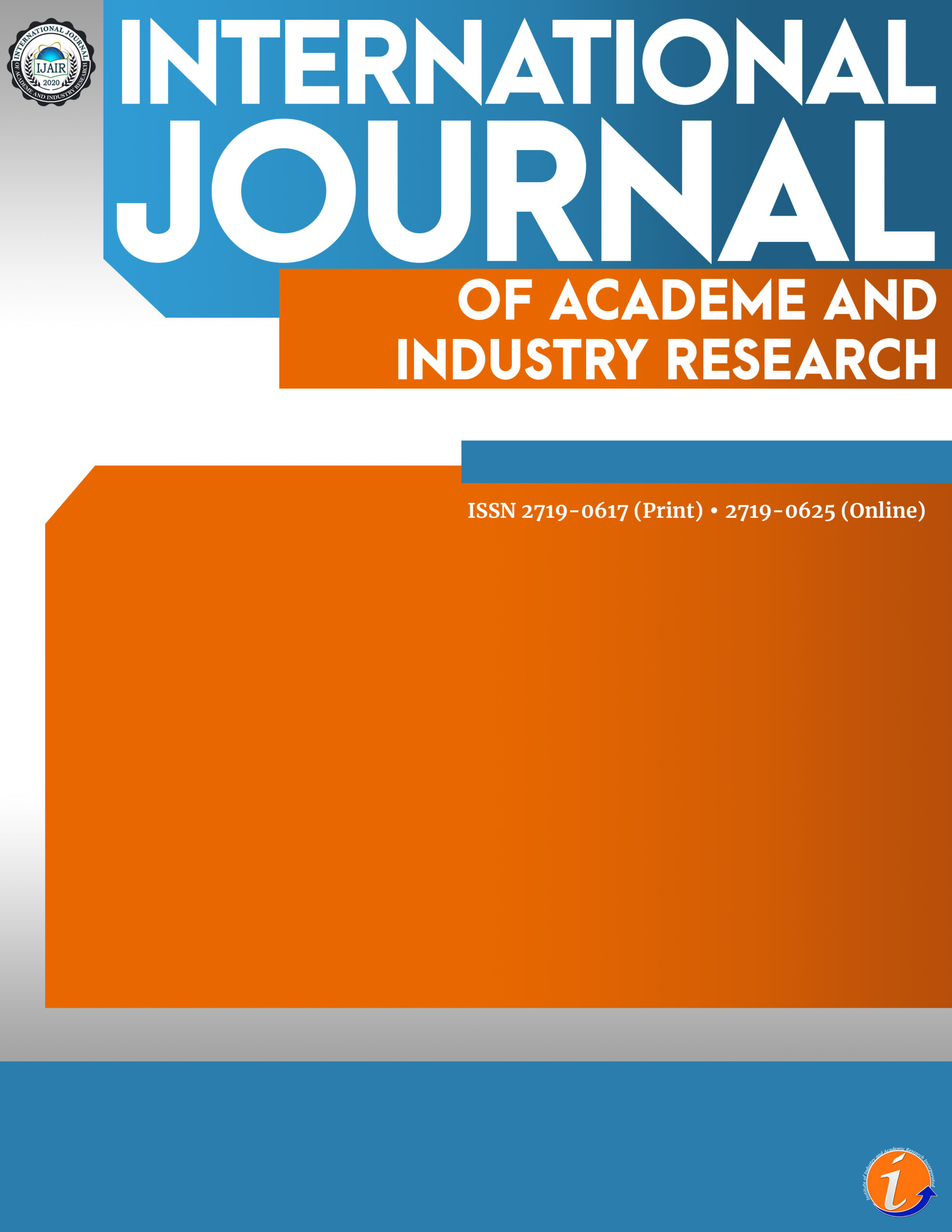Philippines is considered one of the fastest developing economies because of the growing service sector. This growth brought a significant change in the economic structure of the country which previously relied on the agricultural sector. This paper conducted a study about the significant impact of structural change on labor productivity growth and employment. The paper localized the decomposition analysis used in literatures to extract the share of “within” sector and “structural change” to total changes in labor productivity in the Philippines from 2004-2018, and Applied Pooled Least Square, to obtain the impact of structural change to labor productivity growth and employment. Based on Durbin-Watson test results, both Panel Regression Equation and Seemingly Unrelated Equation were utilized because there is no contemporaneous autocorrelation found in Pooled Least Square. Using Breusch-Pagan LM Test, Panel Regression is deemed more appropriate than Seemingly Unrelated Regression. Furthermore, the decomposition analysis showed that higher share of service sector in employment makes the contribution of “structural change” lesser to labor productivity growth due to labor market that becomes less flexible as service sector dominates the labor market because of higher skillsets needed by the sector. The regression analysis showed that structural change is a significant determinant of employment and labor productivity; structural change has a positive relationship to labor productivity due to the transfer of labor to high-productivity sector; and structural change has a negative relationship to employment because the employment brought by the structural change cannot be absorbed by the labor force because of skills mismatch.
structural change, labor productivity growth, employment, seemingly unrelated regression equation model, panel regression
Mikhael Laurente. Student, Polytechnic University of the Philippines
This paper is presented in the 3rd International Conference on Multidisciplinary Industry and Academic Research.
Abbot, P., Tarp, F. & Wu, C. (2017) Structural Transformation, Biased Technological Change and Employment in Vietnam. Eur J Dev Res 29, 54–72. https://doi.org/10.1057/ejdr.2015.64
Afsar, M. & Mecik, O. (2014). The Effects of Structural Transformations in Economy on Labor Markets: The Case of OECD Countries. International Journal of Business and Social Science. Vol. 5, No. 9(1).
Ando, S., & Nassar, K. (2017). Indexing Structural Distortion: Sectoral Productivity, Structural Change and Growth. IMF Working Paper No. 17/205.
Badiane, O., & Makombe, T. (2014). The theory and practice of agriculture, growth, and development in Africa, WIDER Working Paper, No. 2014/061, The United Nations University World Institute for Development Economics Research (UNU-WIDER), Helsinki
Badriah, L., Alisjahbana, A., Wibowo, K. & Hadiyanto, F. (2017). Structural Change and Labor Productivity Growth in Indonesia. In Proceedings of the 2nd International Conference on Economic Education and Entrepreneurship (ICEEE 2017), pages 397-402.
Bah, E. (2009). Structural Transformation in Developed and Developing Countries. Proceedings of the German Development Economics Conference, Frankfurt a.M, Germanyca
Bathla, S., D’Souza, A., & Joshi, P. K. (2019). Structural Transformation in Southeast Asian Countries and Key Drivers. IFPRI Discussion Paper 1856.
Bayar, A., Günçavdi, O., & Küçükçi̇fçi̇ S. (2013). Economic Development and Structural Change: The Role Of The Agriculture Sector In Turkey, Middle East Development Journal (MEDJ), vol. 5(02), pages 1-29.
Briones, R., & Felipe, J. (2013). Agriculture and Structural Transformation in Developing Asia: Review and Outlook. ADB Economics Working Paper Series No. 363. Manila: Asian Development Bank.
Boddin, D. (2016). The role of newly industrialized economies in global value chains. [Washington, D.C.]: International Monetary Fund.
Bustos, P., Caprettini, B., & Ponticelli, J., (2015). Agricultural Productivity and Structural Transformation: Evidence from Brazil. American Economic Review, 106 (6): 1320-65. DOI: 10.1257/aer.20131061
Chenery H., & Syrquin M. (1989). Three Decades of Industrialization. The World Bank Economic Review, Vol. 3, No. 2: 145-181.
Dacuycuy C., Felipe j., & Lanzafam M., (2014). The Declining Share of Agricultural Employment in the People’s Republic of China: How Fast?. Asian Development Bank Economics Working Paper Series No. 419. http://dx.doi.org/10.2139/ssrn.2558896
De Dios, E. S. (1984). An analysis of the Philippine economic crisis: A workshop report. Quezon City, Philippines: University of the Philippines Press.
Escobar, O.R., & Mühlen, H. (2019). Decomposing a decomposition: within-country differences and the role of structural change in productivity growth. No 05-2019, Hohenheim Discussion Papers in Business, Economics and Social Sciences, University of Hohenheim, Faculty of Business, Economics and Social Sciences.
Felipe, J. (2010). Frontmatter. In Inclusive Growth, Full Employment, and Structural Change: Implications and Policies for Developing Asia (pp. I-Iv). Anthem Press. https://doi.org/10.7135/UPO9781843313557
Fourastié, J. (1949) Le Grand Espoir du XXe Siècle. Paris: Presses Universitaires de France. Reprinted as ‘Moderne Techniek en Economische Ontwikkeling’ (1965). Amsterdam: Het Spectrum
Inklaar, R., & Timmer, M. (2009). Productivity Convergence Across Industries and Countries: The Importance of Theory-Based Measurement. Macroeconomic Dynamics, 13(S2), 218-240. doi:10.1017/S1365100509090117
Intal, P., & Chen, L., (2017). ASEAN and Member States: Transformation and Integration. Economic Research Institute for ASEAN and East Asia. http://hdl.handle.net/11540/7430.
Johnston, B., & Mellor, J. (1961). The Role of Agriculture in Economic Development. The American Economic Review, 51(4), 566-593.
Kokkinas, P. (2014). GCSE Revision: Economic change. https://geographyiseasy.wordpress.com/
Kuznets, S. (1966). Modern Economic Growth: Rate, Structure and Spread. New Haven: Yale University Press
Martins, P.M.G., (2019). Structural change: Pace, patterns, and determinants. Review of Development Economics 23, 1-32
McMillan, M., Rodrick, D., & Sepulveda, C., eds. (2016). Structural Change, Fundamentals, and Growth: A Framework and Case Studies. Washington, DC: International Food Policy Research Institute.
McMillan, M., Rodrik, D. & Verduzco-Gallo, I. (2014) Globalization, structural change, and productivity growth, with an update on Africa. World Development 63, 11-32.
McMillan, M., & D. Rodrik. (2011). Globalization, Structural Change, and Productivity Growth. In Making Globalization Socially Sustainable, In M. Bacchetta and M. Jansen, 49-84. Geneva: International Labour Organization and World Trade Organization.
Paqueo, V. B., & Silfverberg, D. (2015). A Jobs Value Chain and Policy Analysis of Caraga’s Wood Industry. Mindanao Jobs Report, World Bank.
Ravago M., Brucal A., Roumasset J., & Punongbayan J., (2018). The role of power prices in structural transformation: evidence from the Philippines. Grantham Research Institute on Climate Change and the Environment Working Paper 312. London: London School of Economics and Political Science
Schwab, K. (2017). The fourth industrial revolution. Portfolio Penguin.
Senbet, L., & Simbanegavi W., (2017). Agriculture and Structural Transformation in Africa: An Overview. Journal of African Economies, Volume 26, Issue 1, Pages 3–10, https://doi.org/10.1093/jae/ejx012
Schultz. T. W., (1953). The Economic Organization of Agriculture. New York: McGraw-Hill.
Stegman, A., (2011). Sectoral Productivity, Structural Change and Convergence. SSRN Electronic Journal. 10.2139/ssrn.1930724.
Syrquin, M. (1988). Patterns of structural change. Handbook of Development Economics. Vol. 1, pp. 203–273. https://doi.org/10.1016/S1573-4471(88)01010-1
Timmer, C. & Akkus, S. (2008). The Structural Transformation as a Pathway Out of Poverty: Analytics, Empirics and Politics. Center for Global Development, Working Papers. 10.2139/ssrn.1213154.
Timmer, M., de Vries, K., & de Vries, G. (2015). Structural Transformation in Africa: StaticGains, Dynamic Losses. The Journal of Development Studies, 51(6), 674-688
Turner, R. & Sears, Z. (2013). Travel & Tourism as a Driver of Employment Growth. The Travel & Tourism Competitiveness Report 2013 World Economic Forum, 2014
Usui, N. (2011). Transforming the Philippine Economy: ‘Walking on Two Legs’. Mandaluyong City: Asian Development Bank
Vos, R. (2018). Agricultural and Rural Transformations in Asian Development: Past Trends and Future Challenges. WIDER Working Paper 2018/87. Helsinki, Finland: United Nations University World Institute for Development Economics Research.
Welker J. (2012). Models of Economic Growth and Development. http://welkerswikinomics.com/
Wingeder, A. (2014). Structural transformation in the 20th century: A new database on agricultural employment around the world. Discussion Papers 14-28, University of Copenhagen. Department of Economics.
Zellner, A. (1962). An Efficient Method of Estimating Seemingly Unrelated Regressions and Tests for Aggregation Bias. Journal of the American Statistical Association, 57(298), 348-368. doi:10.2307/228164
Cite this article:
Laurente, M. (2022). The effect of structural change on labor productivity growth and employment in the Philippines. International Journal of Academe and Industry Research, 3(3), 1-27. https://doi.org/10.53378/352907
License:
![]()
This work is licensed under a Creative Commons Attribution (CC BY 4.0) International License.










